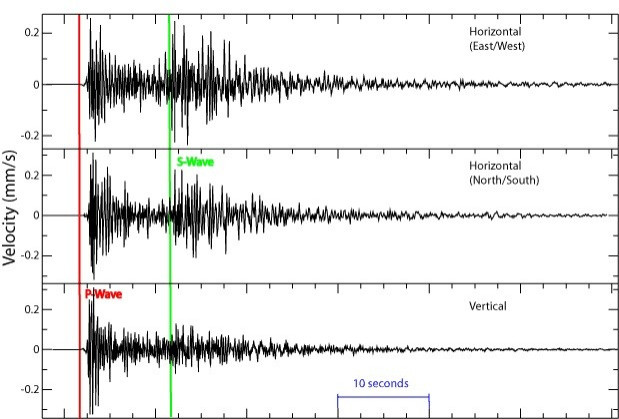Japan: Series of powerful quakes suggests region in active phase say experts

The magnitude 8.1 offshore quake that struck off Japan's Ogasawara Islands on Saturday (30 May) followed by the 6.4 tremblor off the Izu Islands south of Tokyo on Sunday have led seismologists to suspect that the region is now in an active phase.
The earlier one occurred at a depth of 682 km, according to the Japan Meteorological Agency. It shook the entire country from Okinawa to Hokkaido, reports Japan Times.
In fact it was the second one in less than a week to shake Tokyo.
Japan has been witnessing a series of quakes and volcanoes in the recent past indicating what experts say is "an active phase of crustal changes".
"I can say Japan is in an active stage now," said Toshiyasu Nagao, head of the Earthquake Prediction Research Centre at Tokai University.
"We should be vigilant by knowing that it is no wonder that an earthquake sizable enough to affect our society can occur anytime in the future," he said.
The US Geological Survey said the quake had a magnitude of 7.8 and a depth of 678 km.
The temblor caused buildings 1,000 km away in Tokyo to sway.
The quake on Sunday was shallower with a depth of 13 km.
However, there were no major casualties owing primarily to the depth of the quakes.
Plate movement
Saturday's event has been attributed to the Pacific tectonic plate which moves under the Philippine sea plate, allowing its tremors to travel through the Pacific plate and shake areas far away, an expert says.
The quake depth of around 600 km corresponds to the plates' deepest reaches, said Kobe University professor emeritus Katsuhiko Ishibashi, a seismology expert.
However, Kazuki Koketsu, professor with the Earthquake Research Institute at the University of Tokyo, is disinclined to believe that the latest tremor is a sign that the Big One is due to hit the capital, devastated by a massive earthquake in 1923.
Japan sits on one of the most volatile regions of the Earth's crust -- the meeting place of four tectonic plates. It experiences around 20% of the world's most powerful earthquakes every year.
The magnitude 9.0 March 2011 earthquake that hit the Tohoku region triggered a tsunami that killed more than 18,500 people and devastated the northern Pacific coast.
The 1995 Kobe earthquake measuring a lower 6.8R led to over 6,000 deaths owing to the shallow, inland nature of the tremblor.
Clustering of quakes in recent years suggests the Earth is now in a seismically active period which began in 2004, according to experts. It can continue till 2019 with major quakes witnessed anywhere along collision or subduction zones in the world.
© Copyright IBTimes 2025. All rights reserved.





















